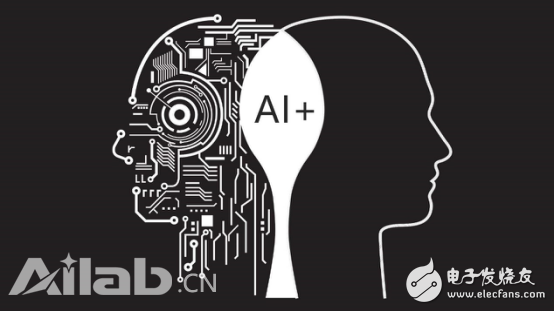Year after year, Blockbuster's films are full of artificial intelligence, and in the past year it has been no exception. From "Blade Runner 2049" to "Marjorie" to "Star Wars: The Last Jedi Knight", it seems that the public's depiction of truly intelligent artificial intelligence is insatiable.

In the field of technology, dreaming of an overly optimistic future trend will hardly be classified as a movie. In 2016, some publications including Wired and Forbes, as well as websites such as VentureBeat, eagerly predicted the year that “the machine will winâ€, and artificial intelligence will “open a new era of the Internetâ€. . However, despite the tremendous progress made in the field of artificial intelligence this year, especially in the field of semantic recognition, the future of media prediction is far from being realized. As the science fiction describes, these predictions are rooted in reality, but further deep into the fantasy world.
It's fun to watch and read science fiction, but it's important to recognize where technology really improves goods and services, and where it's just a dramatic performance.
Where is the actual impact?

1. Decision-based chat robot
If there is a recent development worth noting, it is the development of a decision-based chat bot. From airlines to customer service to retail, all walks of life have applied chatbots to all phases of interaction with customers.
Unsurprisingly, as the darling of communication applications in the world, China is at the forefront of the chatbot revolution, demonstrating the potential of chatbots to improve operational efficiency through automation. For example, Baidu Medical Brain Melody is an artificial intelligence-based medical assistant that collects information for doctors and sometimes provides advice. Similar to the information gathering robots currently used in the customer service industry, Melody can reduce the time for patients to interpret problems and reduce the chances of patients repeating questions to assistants, nurses or other doctors.
Other industries (especially the travel industry) have followed this trend, such as using chat bots to collect basic customer information, whether it is asking customers where they want to travel, what they want to order from room service, or what they are buying next time. Color clothes.
2. Personalized assistant application
It is surprising that chat bots have a tendency to produce negative features when facing the public. However, when they “learn†from a much smaller sample, it is a completely different situation. From X.ai to 24Me, many personal assistant applications have emerged that can perform simple personalization tasks and use predictive analytics to simplify the lives of users. Nevertheless, we should pay attention to one problem: the personal assistant application works better in the chat form, rather than through voice commands. In the coming year, we will see more and more simple, niche, chat-based personalized assistant applications.
What has not been achieved

1. Crowd-in-machine learning chat robot
Chat bots that learn by interacting with a large number of users have a tendency to present annoying human characteristics. For example, the Turing robot is an open platform, claiming that its Chinese speech recognition accuracy is 94.7%. However, the company has recently had trouble, and its chat bot "BabyQ" has problems in some questions and answers. With machine learning chat robots being placed in the general public, jealousy like this is a potential pitfall that always exists, let us never forget Tay.
When chat bots are used in highly targeted situations, such as gathering information, guiding users to find the right agent, allowing users to self-service, etc., they are likely to be perfect. However, when we give chatter robots (when learning from users) too much autonomous space, they tend to show human characteristics that we don't want to see on the machine.
2. Natural language processing / understanding
Although some chat bots have been very skilled at moving users through a decision tree row based on user input responses, speech recognition processing is far from mature. In 2017, Siri became the most popular voice virtual assistant, but its usage dropped by 17% from the previous year – which means it reduced its monthly active users by 7.3 million. While the use of home virtual assistant systems like Alexa has increased, this is more likely because they are a new technology rather than a positive example of the system's natural language processing capabilities.
vape,disposable vape ,disposable e-cigarette, e-cigarette,vape pen battery newest
Shenzhen Aierbaita Technology Co., Ltd. , https://www.aierbaitavape.com